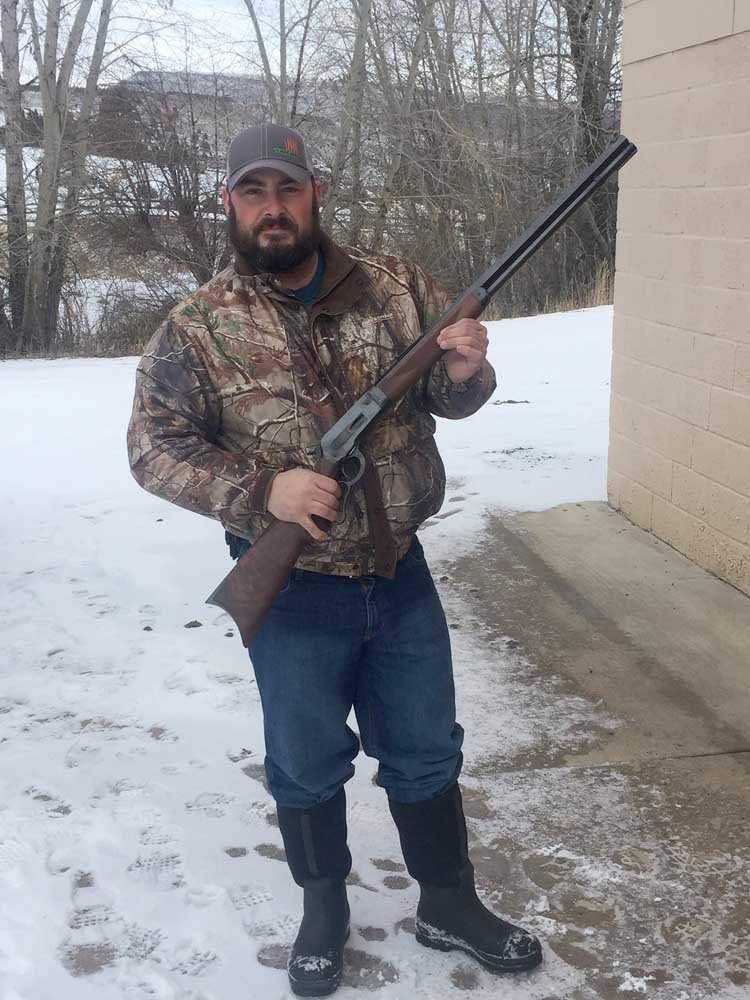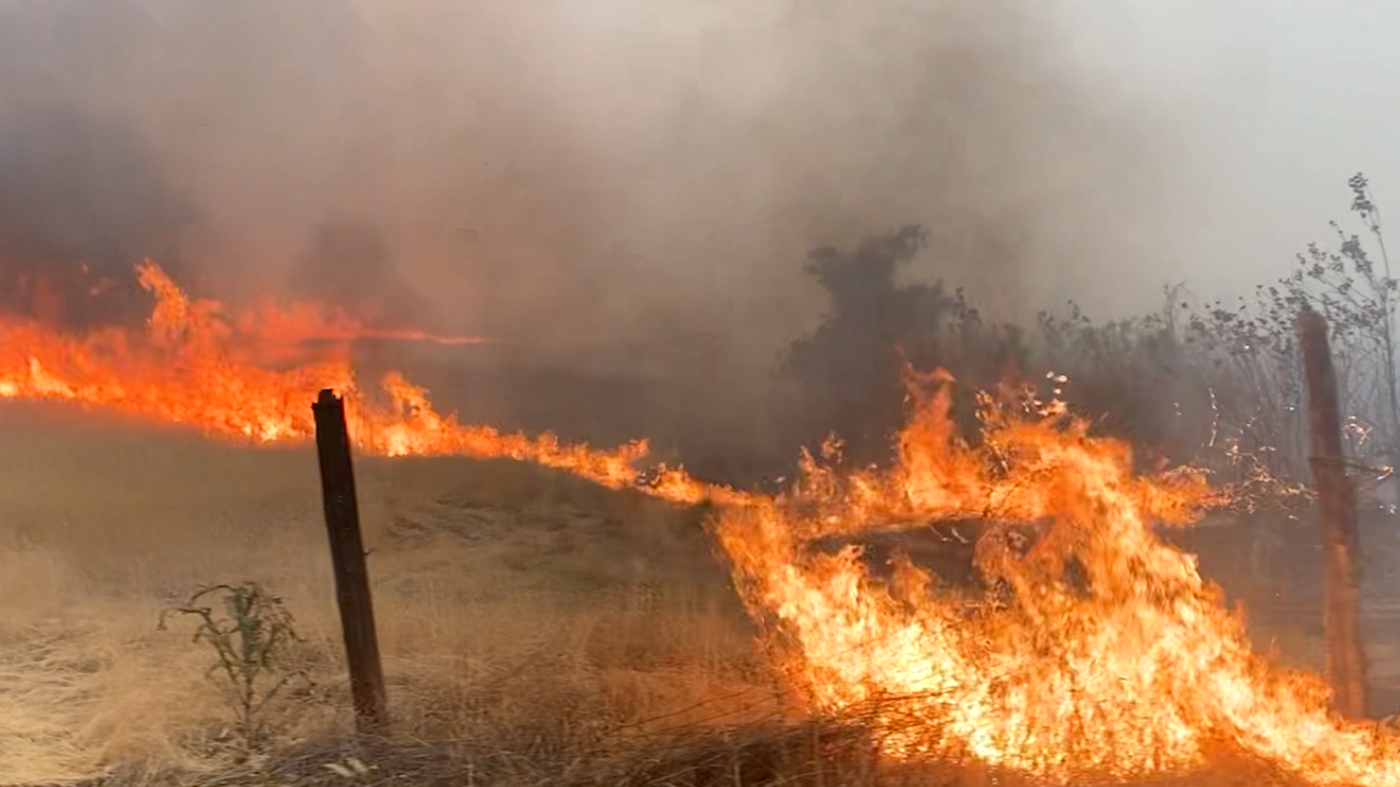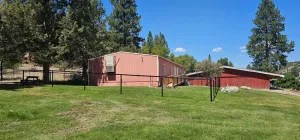Shooting the Breeze: Shooting with iron sights
Published 12:00 pm Tuesday, August 4, 2020

- Lonnie Dickens holds a friend’s Browning 1886 Takedown in .45-70.
A wise man told me at a very young age, “you can only shoot as good as you can see.” Hence, most of my serious hunting rifles are equipped with some sort of telescopic sight. A few, however, are equipped with the simpler, more rudimentary iron sights.
Trending
There are two basic types of iron sights, the open sight (buckhorn is another moniker) and the peep sight. The open sight requires lining up the front sight into the center of a v-shaped notch in the barrel-mounted rear sight, and then once you’re on target, you let fly. The peep sight is a bit easier as you must only “peep” through an aperture in the receiver mounted rear sight and then superimpose the front sight against your target.
Iron sights could be likened to vehicles equipped with a manual transmission. If you learn first how to drive a “stick shift,” then learning to drive an automatic is no big deal. However, the inverse is seldom true; those who learn to shoot with a scope first typically have difficulty learning to shoot irons, as a rule. All factory rifles used to come standard with iron sights. If you wanted a telescopic sight, it was an aftermarket acquisition to get your rifle drilled, tapped and outfitted for such use. Today, the inverse is true as very few factory hunting rifles come outfitted with open sights while nearly all are ready out of the box to have a scope mounted.
Most average folks consider iron sights to be a close-range setup at best. This simply isn’t so. Ask any of the black powder cartridge rifle shooters (who regularly ring steel out to 1,000 yards with peep sights) if they think irons are only for the brush.
Trending
While I’m nowhere near that same level of marksman with iron sights, I do have a similar classic taste. My first .22 still wears only buckhorn sights, and a few family heirlooms are likewise oriented. One such, a very old Winchester Model 1894 in .25-35 WCF is one of my very favorite rifles featuring open sights. I’ve taken multiple coyotes with iron-sighted lever guns over the years but have yet to take a deer or elk with a rifle thusly outfitted. It’s definitely on my hunting bucket list.
Per my opening statement, I will easily concede that telescopic sights make hitting long distance targets much easier as a rule simply because you can see those targets better with magnification. However, if your rifle is equipped with quality iron sights, you’re hardly handicapped to only super close ranges. Practice is a must for any good shooting, but mastery is possible. So before you go and hock the family heirlooms for a 6.5 Creedmoor with a Nightforce 5-25x scope to shoot deer out of your ground blind at 100 yards, at least give the old iron sights a try. You may be surprised!
Do you use iron sights? Write us at shootingthebreezebme@gmail.com!









